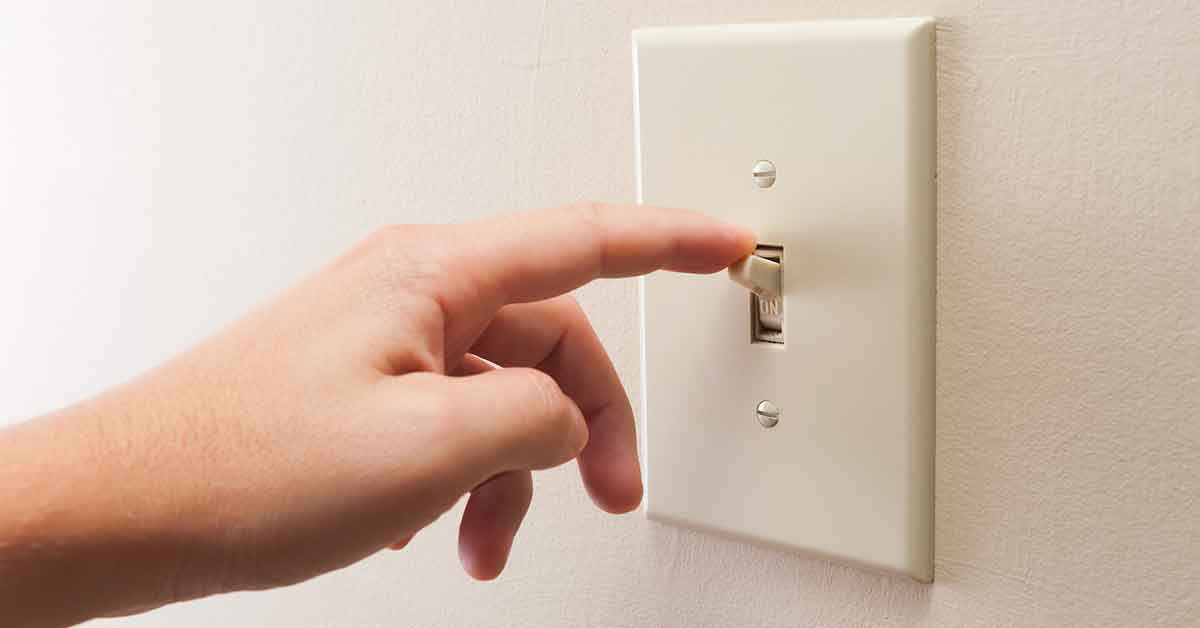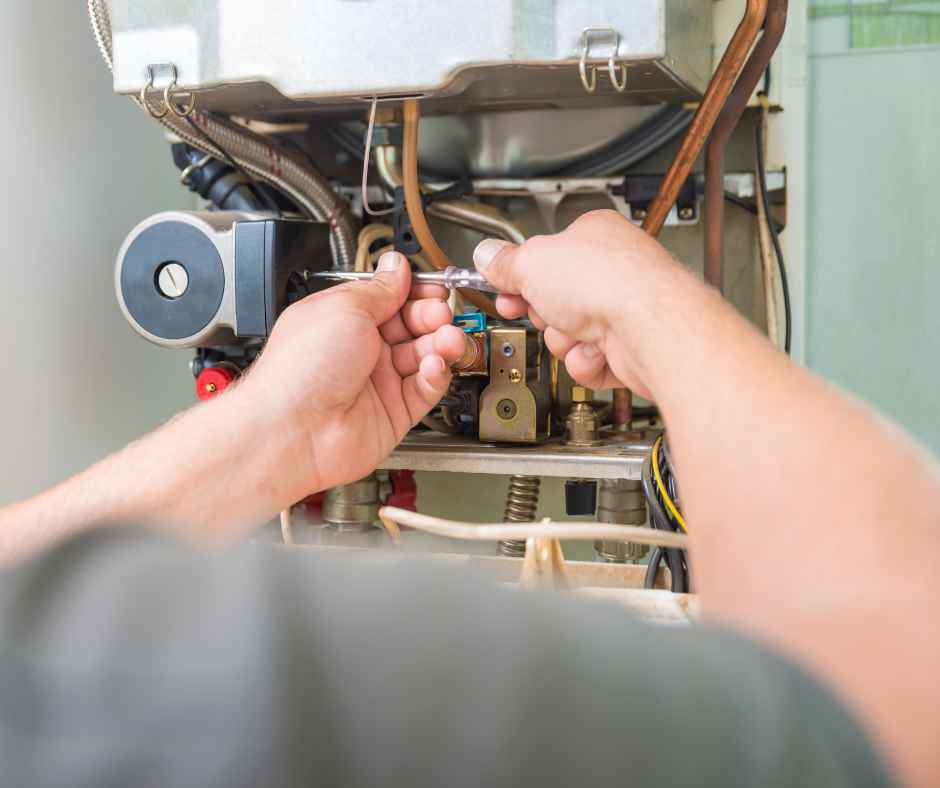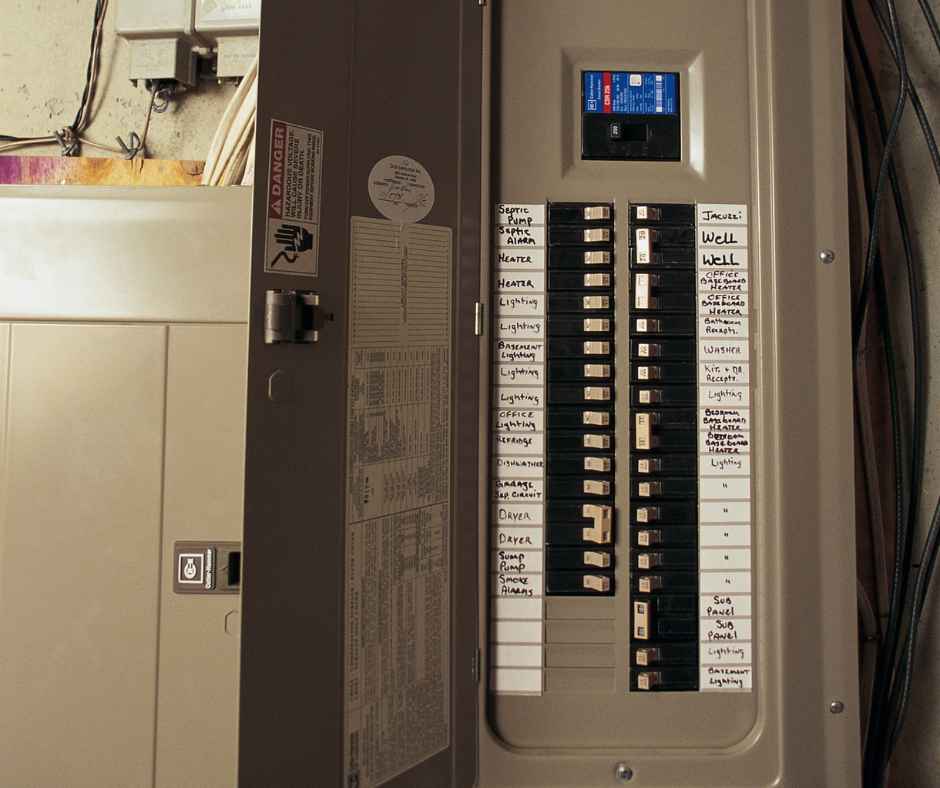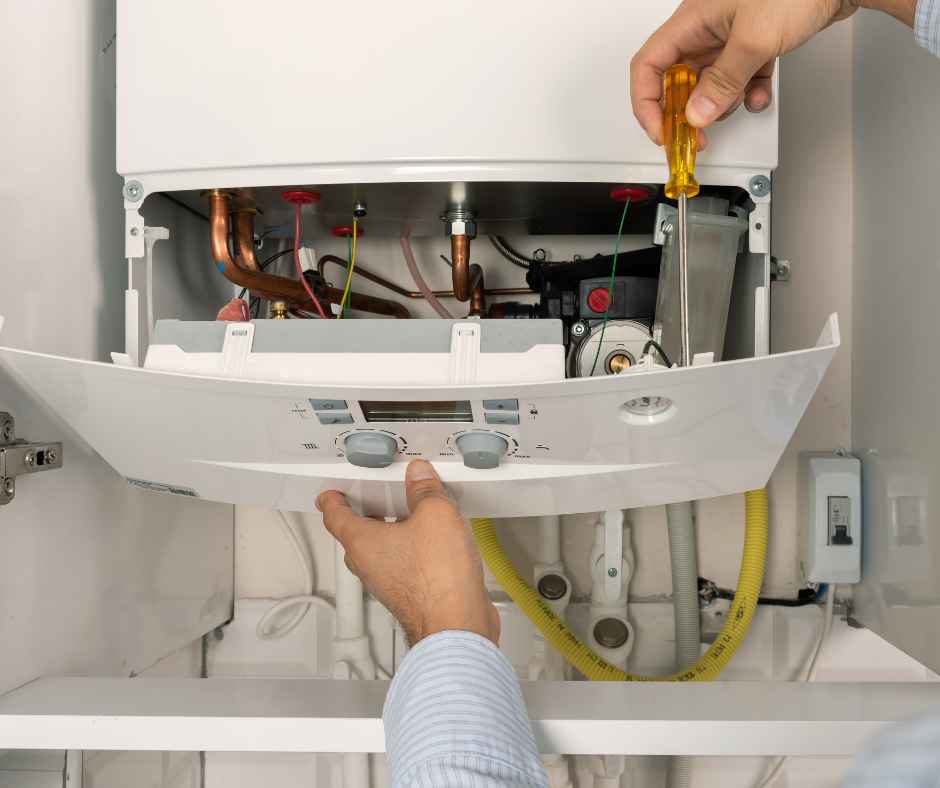Serving Colorado Springs & Surrounding Areas
How Flipping a Switch Can Save You Money

When trying to save money on your electric bill, the smallest changes can make a huge difference. Today, we’re going to discuss the immense benefits of simply turning off the lights when a room in your home is not in use. Not convinced that flipping a few switches here and there is worth the hassle? Continue reading to find out just how much you could save!
What’s It Worth?
Keep in mind, all light bulbs are different, so the amount of electricity you save will vary from bulb to bulb. Let’s take a look at some of the most popular bulbs to determine how much electricity you are using:
- Incandescent: A single 60-watt incandescent bulb uses 0.06 kWh of electricity each hour. At a standard rate of $0.11 per kWh, 1,000 hours of activity (average use for the year) will cost $6.60.
- Halogen: A single 43-watt halogen bulb uses 25% less energy than a single incandescent bulb. For 1,000 hours of use, a halogen bulb will cost around $4.73.
- Compact Fluorescent: A single 15-watt compact fluorescent bulb uses only a quarter of the energy needed for an incandescent bulb. That means that for 1,000 hours of use, compact fluorescent bulbs will only cost about $1.65 per bulb.
- LED Lighting: These bulbs are 80% more efficient than standard incandescent bulbs. One 12-watt LED will only cost $1.32 for 1,000 hours of operation.
That’s It? What’s the Big Deal?
This may not seem like a lot of money, but rest assured that it adds up quickly over time. These numbers and dollar values are for a single bulb; each home hosts an average of 40 light bulbs. In total, these 40 bulbs make up around 20% of your electric bill. Let’s take a closer look at those statistics from the last section.
- 10 incandescent light bulbs left on for an extra hour every day will cost you $24 each year.
- 10 halogen light bulbs left on for one hour every day will cost $17 annually.
- For the same amount of use, 10 compact fluorescent lights (CFLs) will cost $6 each year.
- Moving along, you’ll pay $5 each year for 10 LEDs running at the same time.
If you are in the habit of leaving your lights on in empty rooms, it could take time to train yourself to start flipping switches. It may seem like a small amount of savings for your personal home, but when you consider the electrical waste across the millions of homes in America, the savings can play a large part in safeguarding the environment.
Need Some Extra Help Saving Energy?
If you don’t feel like dealing with the hassle of constantly flipping switches, or if you have limited mobility around your home, consider one of the following solutions to save energy in your home:
- Dimmers: A simple, inexpensive installation gives you the power of adjustable lighting. Dimming the lights reduces wattage, output, and in turn, your electric bill.
- Timers: Timers are commonly installed both indoors and outside your home. The benefit of timers is the programmable schedule, which can be used to operate lights on a schedule specific to each day’s needs.
- Motion Detectors: Sophisticated devices that detect heat waves from moving objects can help reduce your energy usage, since they shut off the lights when the movement subsides.
- Smart Lighting: Some modern lighting solutions offer smart connectivity, which can be used in conjunction with your cell phone or smart home assistant (Think “Amazon Alexa,” “Google Home,” or the “Apple HomeKit”). Many of these solutions allow you to simply speak commands to virtually flip your light switches on and off.
For more guidance on energy-saving solutions, you can add to your home, contact the professionals at WireNut Home Services. We’re always happy to help you with your unique needs! Call us today at (719) 227-1411 or contact us online for all your electrical needs.




